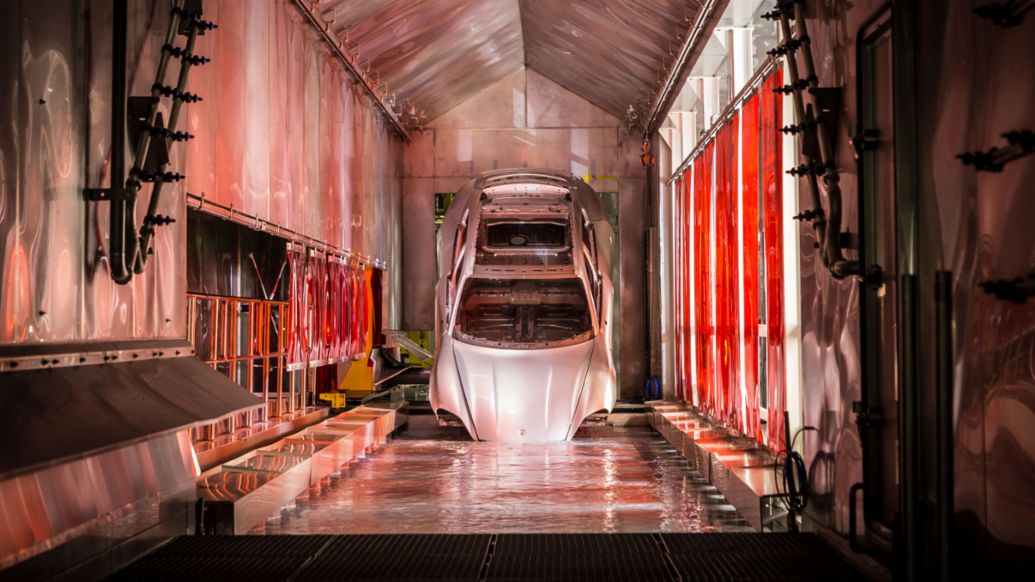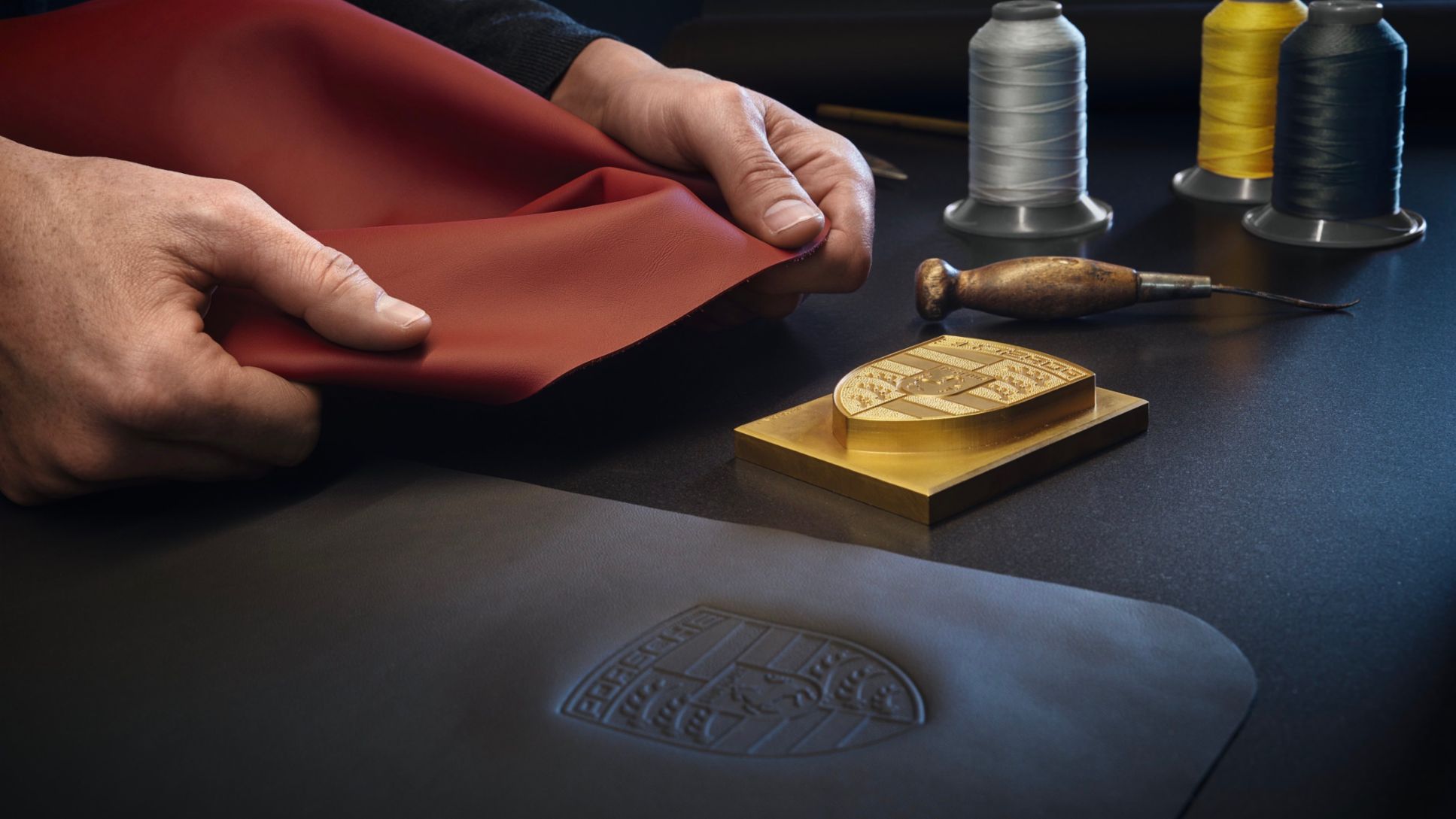Many of the raw materials used in automobile production are finite or their extraction has a direct impact on the environment. That is why Porsche is working to make efficient use of the materials used in its vehicles. Where technically possible, it is also reducing its primary raw material needs. That is why Porsche has anchored targets for the use of circular materials in all new all-electric vehicle projects where production begins after 2026. For example, these targets involve the use of recycled plastic and metal.
Efficient use of resources

To promote the use of sustainable materials, Porsche has defined criteria that materials have to meet. These criteria are considered met if, for example, their application makes a significant contribution to at least one environmental target without impeding other sustainability goals. This means that, compared to conventional materials, clear advantages will be generated throughout the life cycle.
Porsche has paved the way organizationally, on a strategic level and within the individual divisions and series, for the goals to be pursued in a systematic manner. In doing so, it has integrated the vehicle goals into the series’ target systems and related processes. Selected business divisions are involved in the implementation process.
Alongside this, Porsche continues to work on lightweight construction in order to reduce vehicle weight and, in turn, the CO₂ emissions from vehicle use. Lightweight batteries are used in addition to aluminum in the bodywork and carbon fiber-reinforced plastic in the front, side, and rear windows.
Porsche aims to continuously improve battery production together with its suppliers, such as by using electricity from renewable energy sources in the upstream supply chain. By increasing energy density and power intensity, the amount of raw materials used in traction batteries can be reduced even further without affecting the range of the vehicle.
In cooperation with the Volkswagen Group and expert development partners, Porsche is also optimizing a procedure to recycle high-voltage batteries. In 2021, Porsche and CUSTOMCELLS GmbH founded the Cellforce Group to make it possible to build exceptionally powerful yet also more sustainable batteries. They aim to develop a new battery standard that delivers better range with a higher energy density and improved fast-charging capability. The Cellforce Group has signed agreements with partner companies to recycle production waste into new cathode material for future batteries. This is expected to bolster resilient European supply chains.
As high-voltage batteries contain a considerable percentage of valuable raw materials, Porsche is taking a holistic approach. To reduce waste, a repair concept has been developed for the Taycan that makes it possible to open the battery housing and replace each of the 28 or 33 installed battery modules, as well as other components. After operation in a vehicle, other options such as battery recycling by expert partners are evaluated. Porsche is currently examining advanced strategies known as second-life recycling for high-voltage batteries.
Sustainable raw materials at Porsche sites
The concept of a circular economy is anchored in the sustainability strategy of Porsche as a field of action focused on the efficient use of resources. Therefore, more and more aspects of the circular economy are gradually being taken into account at Porsche’s sites. In the case of the Taycan and Cayenne, for example, the material used to protect door coverings and hoods in transit has been switched out for a mono material that is more than 99 % recyclable. Porsche has formed cross-departmental committees in order to work continuously on improvements to its circular economy.


